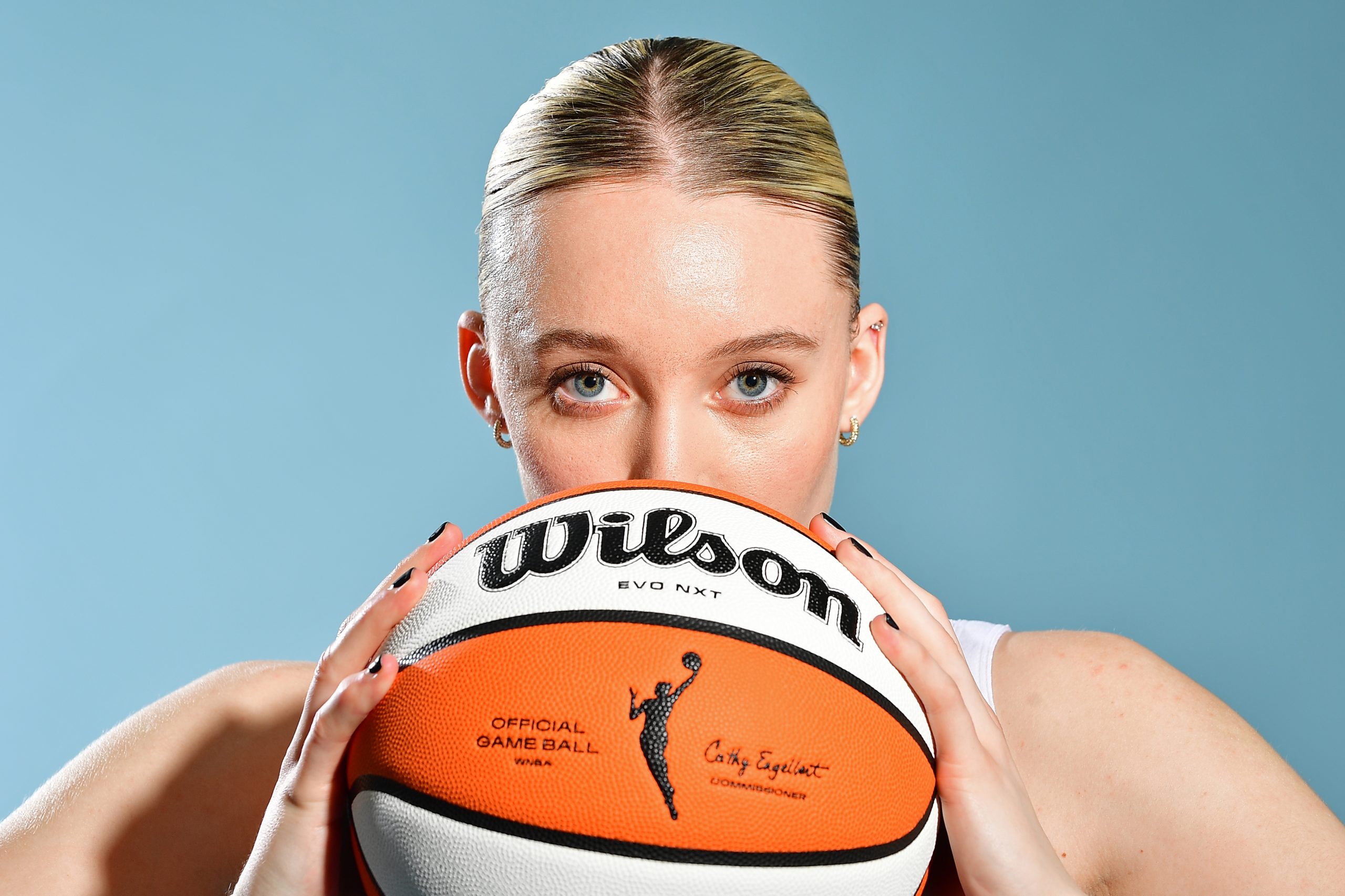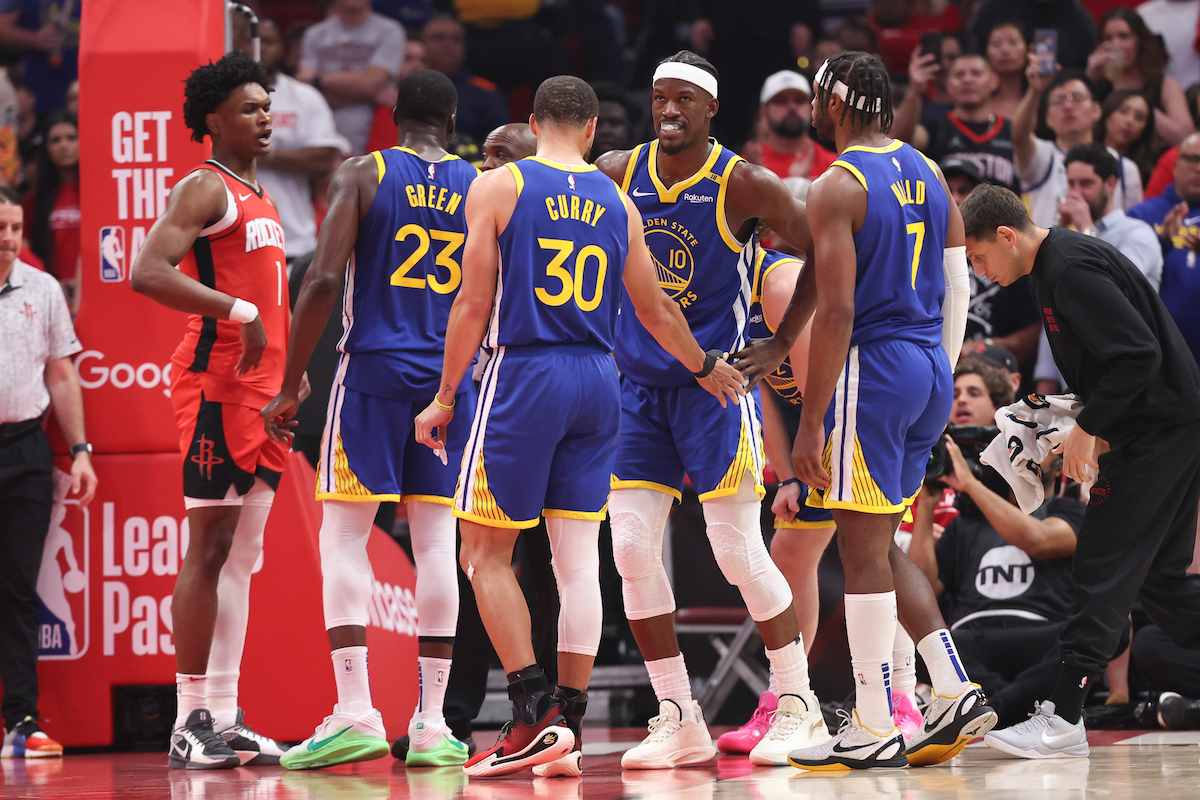Jaylen Brown hasn’t been himself in recent weeks, at least not on the basketball court. After sustaining an injury against the Atlanta Hawks to start the month, Brown has struggled to impact games at a high level.
Before Friday’s game against the Sacramento Kings, Brown had participated in five games since returning from an ankle sprain. Putting up 19.6 points per game in that five-game span makes it easy to overlook the 25-year-old’s struggles, but shooting splits don’t lie. Brown was hitting just 24.3% of his perimeter attempts, despite jacking up 7.4 threes a night, while his field goal percentage was 40.2% on 18 attempts per night.
Here’s the thing: when Brown is on top form, it often seems like nothing is beyond his capabilities, but when he’s struggling, the holes in his game are far more transparent. Turnovers, a propensity to dribble himself into trouble, and slow decision-making are all fair criticisms of the Celtics star wing, but they only come to the fore when shots aren’t falling, because that’s when Brown over-plays his hand.
I’ve long been a proponent of simplifying Brown’s on-court responsibilities and putting him in the best position to thrive. We see Jayson Tatum flourishing as a ball-handler, playmaker, and shot creator and want to see Brown reach those heights, too. But that’s not the California product’s game, and expecting him to morph into something he’s not is a recipe for disappointment.
Still working my way through last night’s game. But Jaylen Brown operating as a play finisher in the 1st quarter is exactly what I’ve been so vocal about this year. He’s borderline unstoppable when he embraces that role
— Adam Taylor (@AdamTaylorNBA) March 19, 2022
We’ve all seen Brown show glimpses of creation off the dribble, and there’s certainly a world where he develops that aspect of his game to an above-average level, but that’s now where he’s going to thrive.
That’s why the role Udoka used Brown in against the Kings (a play finisher) was so encouraging – because it’s a role that transforms his impact on games and leans into the elite athleticism and burst the Atlanta native has at his disposal.
Defining Brown as a play finisher
Everybody has their own terminology, something that makes sense to how they compartmentalize the game, and for me, a play finisher is somebody who operates off-ball and is tasked with cutting or spotting up, then finishing a play with athleticism or knock-down shooting.
The above play has been annotated to breakdown the action the team ran, but besides the actual set that was run, the end product was Brown receiving a pass near the rim and getting an easy finish. The tone was set early, and it helped knock the cobwebs off Brown’s recent shooting, what followed was a masterful game of play finishing from all three levels.
When you have a slasher with high-level changes of pace and direction, allowing them to operate in the seams is essential. Back-cuts, 45 cuts, flashing baseline – getting the ball to the finisher at his favored spots is a quick route to fast-paced offense and easy buckets.
It’s plays like the two above that got Brown an early 16 points in the first quarter, as the Celtics took advantage of the Kings’ porous defense and looked to operate with a shock and awe mentality.
Udoka likes his team to build their momentum via rim pressure and interior scoring, and then to feed into their momentum from the perimeter. With such an emphasis on playing inside-out, it makes perfect sense to position your best slasher as the spearhead to off-ball movements and sets, but to also mix things up and get him the rock on the wings when the defense is in rotation.
Off-Ball Jaylen is the ideal complement to this version of Tatum
As Tatum’s ball-handling and facilitation have improved, the concept of blending his and Brown’s game has gotten blurrier, which is probably part of the reason why so many people envisioned trading one of them to solve the Celtics’ early-season struggles.
However, running Brown in more of an off-ball role is the ideal foil to Tatum’s new-found scoring point-forward hybrid role, and allows each of the team’s stars to complement each other’s games on a nightly basis.
While Brown might see himself as a ball-handler or secondary creator for this team, the hard truth is that right now, his finishing and physical attributes are what makes him such an integral part of the Celtics system, so he may need to sacrifice some of the lesser aspects to his game for the good of the team.
The more that teams double Tatum, the more that off-ball Brown is going to thrive, especially as a cutter. But that’s also where the six-year wing can get his fair share of creation responsibilities so that he doesn’t feel marginalized within the offensive scheme. It all makes sense on paper.
Rebuilding a rhythm
Five games is an incredibly small sample size to judge a player’s ability. We would never write off a new addition to the team after just five contests, but when it’s one of your star players that are struggling, those five games can feel like five months. And that’s how it felt to watch Brown struggle over the opening weeks of March, it was hard to watch and tough to dissect.
Yet, after an excellent performance against the Kings, we can now start looking forward to the remainder of this west coast road trip, knowing that the Celtics can lean on both of their star players when the going gets tough. It might have been hard to watch for a few nights, but Brown’s struggles were a necessary growing pain for him to rediscover his high-level play.
If Udoka continues to provide Brown with a role that suits his core attributes and allows him to impact winning, the re-birth of Boston’s elite wing duo will be underway, only this time there will be no question about if, or how, these two players can play together. Rather, we will be questioning why it took so long to figure out.






